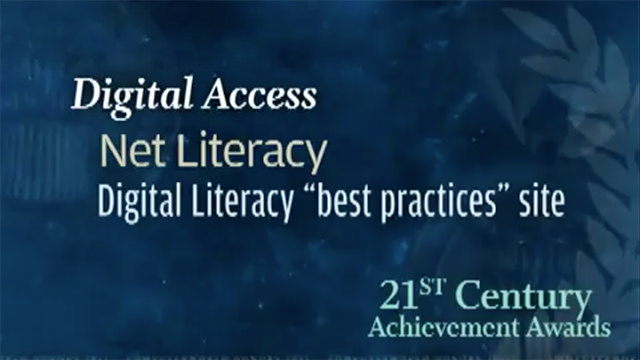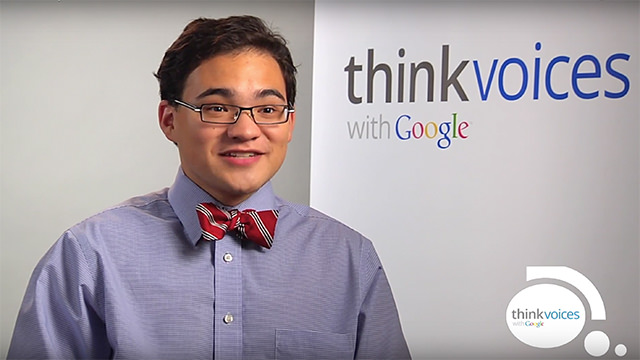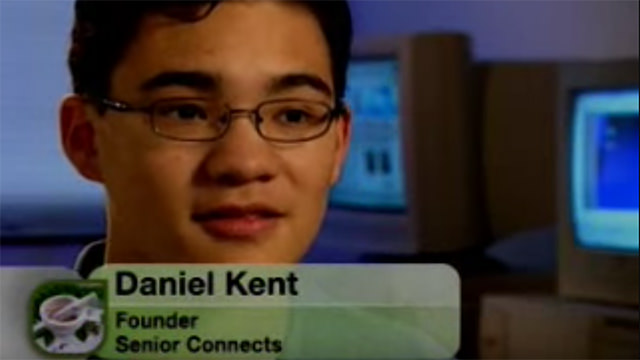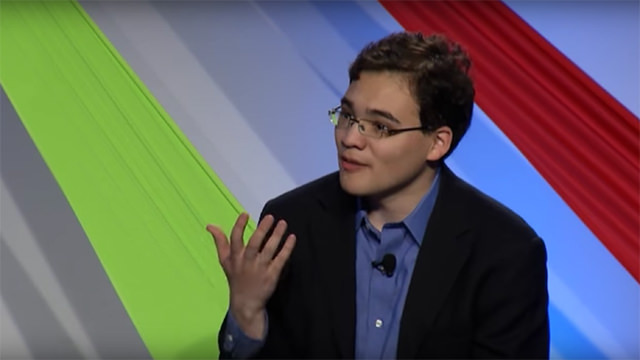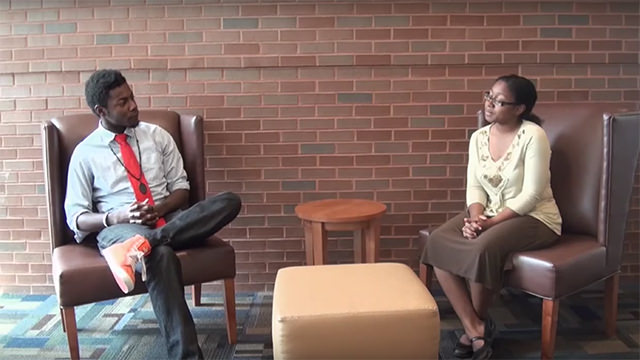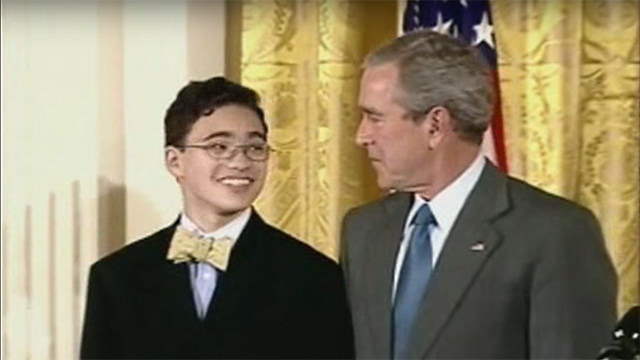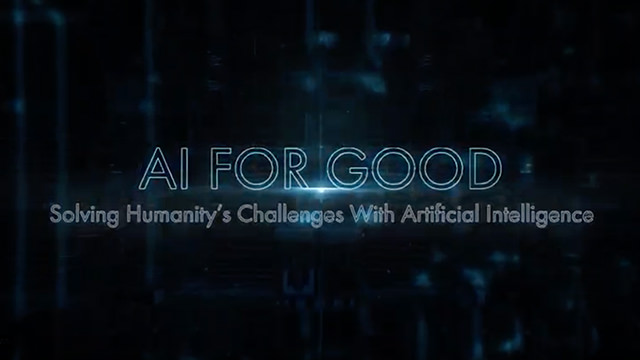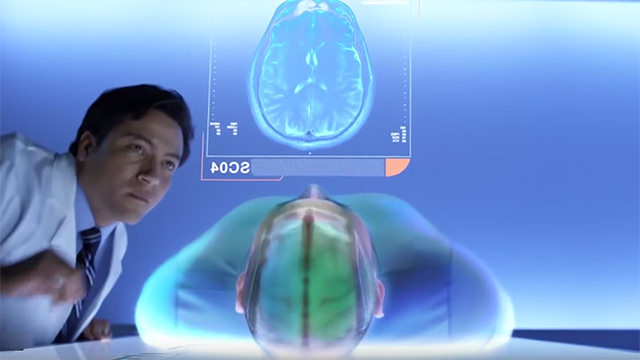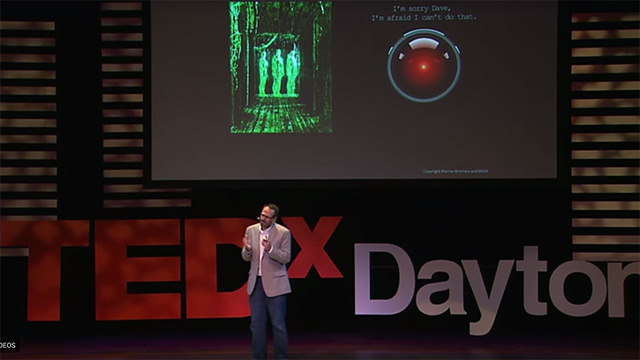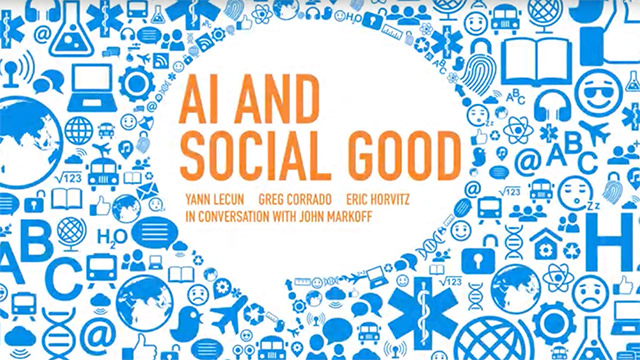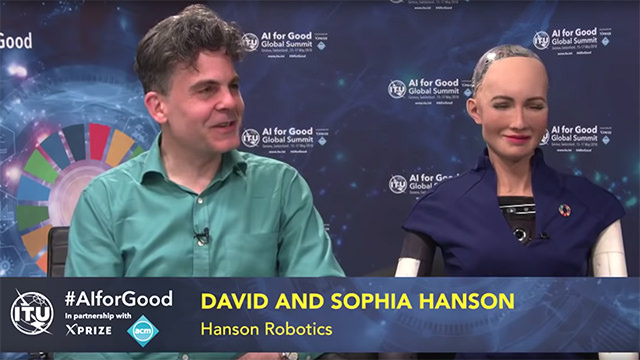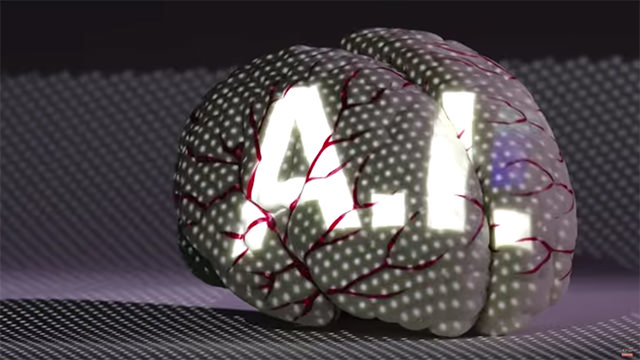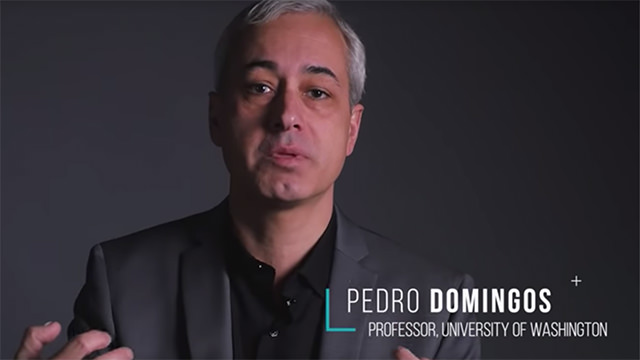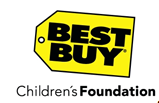Digital Ecosystem
Net Literacy believes that every person has their own unique “value proposition” and to increase digital inclusion to population groups with low broadband penetration, a “digital ecosystem” should be created. The most effective digital ecosystem requires (a) a “bottom up” awareness programs, (b) collaboration and partnership with local, state, and national government organizations, schools, libraries, faith-based organizations, and other nonprofits, (c) the availability of affordable broadband, (d) access to hardware devices, (e) effective and engaging basic computer and Internet training, (g) effective and engaging Internet safety training, and (h) most importantly, the determination of each user’s value proposition, or knowledge of and access to those resources on the Internet that the user values. As a student-managed nonprofit, we believe that we must differentiate ourselves as Net Literacy, and we use our “digital literacy corps” of student volunteers and network of partnership to provide an effective high quality and low cost digital inclusion program. By doing so, we would also accomplish the added objective of maximizing foundation’s, corporation’s, and taxpayer’s investments in Net Literacy, or creating the a digital inclusion model that was replicable and provided the highest return on investment (ROI).
All new products require research so that we could replicate success and learn from mistakes as we constructed the programs and established partnerships that would establish a sustainable “digital ecosystem.” Additional and specific summary research documentation is available for many of our core programmatic services, including sections on research at the Safe Connects, Senior Connects, Computer Connects, and Community Connects websites. Please visit these sections on the site to learn more about our programmatic methodology and outcomes.
Net Literacy’s early hypothesis was that urban and rural communities both experienced similar digital inclusion challenges that required different approaches given our value proposition of simultaneously maximizing the availability of technology, digital inclusion, and digital literacy with the lowest cost model that provided the maximum impact. The core city area of Indianapolis was selected as the urban/core city test case and rural Indiana was selected as the a second test case. Two research results of the Net Literacy projects are summarized below.
Urban-core city environment in Indianapolis. Indianapolis Public Schools (IPS) is the largest school district in Indiana, with over 30,000 students. The population of students is indicative of the residents living in the core city area. 84% of students are on free or reduced lunch programs, 70% of students live in single-parent families, and the school transfer rate is 70%. Approximately 21% of all students are enrolled in special education and approximately 22% of all 6-12 grade students attend alternative schools because of discipline problems, reflecting the harsh realities that occur in many poorer core city areas in urban environments. As an independent variable, students with a computer at home are 6-8% more like to graduate from high school. This was an important consideration when determining tactics and strategies since in 2008 when this new project commenced, IPS experienced one of the lower high school graduation rates in the country.
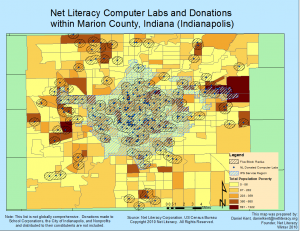
Objective: $15.00 per computer and individual trained
Result: $13.85 per computer and individual trained
Our Plan Forward for Indianapolis (a summary of selected tactics):
- Digital inclusion and digital literacy capacity. Based upon strong IPS district and school support, Net Literacy chapters of student volunteers were established in virtually every IPS high school – to provide Internet safety training, repurpose computers, teach computer and Internet skills; creating a digital literacy corps of student volunteers. Approximately 400 students served each year and learned job skills, life skills, and engaged in service learning.
- Prioritizing resources for schools and families with children on free or assisted lunch programs. During the 2008-2012 period, over 10,000 computers were repurposed by the Net Literacy chapters and donated to schools. Schools used the computers to (a) provide computers in classrooms for student use, (b) create computer labs for remediation and accelerated academic programs, and (c) to provide computers for families without a computer at home whose children were on free or assisted lunch programs. Donations to families impacted more than 20,000 students that received a computer for home use during 2008-2012.
- Creating a digital ecosystem. Since Net Literacy did not have the funding to provide every family a home computer, resources were allocated to create a digital ecosystem in the core city area, generally corresponding with the IPS district boundaries. Working with the senior centers, churches, community centers, and other nonprofits since 2003, more than 450 computer labs were constructed throughout Indianapolis. By the end of 2010, approximately 60% of those students living within IPS school boundaries had a computer lab within walking distance (average distance – 1,250 feet).
- State and local leadership endorsed the project. A Net Literacy public-private partnership was formed. In Indianapolis, Mayor Greg Ballard, Congressman Andre Carson of the 7th Congressional District, and Congressman Dan Burton of the 5th Congressional District joined Net Literacy’s Honorary board. This provided students the credibility that enabled Net Literacy to obtain support and funding from hundreds of organizations throughout the city.
- Partnership with state and city government. Net Literacy partnered with state agencies and the City – including the Indiana Department of Education (IDOE), the Indiana office of Administration (IOA), the Indiana Office of Technology (IOT), and the City of Indianapolis so that surplus state and city resources could be donated to schools. Corporations made donations so that hundreds of computers could be donated to nonprofits.
- Corporate partnerships. Engaging corporation socially-minded companies, such as Bright House Networks, have made an eight-year commitment of both hard and in-kind resources. As an example, 100,000s of Indianapolis residents have viewed Internet safety video PSAs carried on cable television based upon a commitment from Bright House Networks. The IDOE, parents, principals, and law enforcement officers vetted the student-created Internet safety content.
- Making the case to foundations. Foundations saw the value in increasing technology – and especially those that focus on student success. Foundations, such as Lilly Endowment, the Clowes Fund, and the Lumina Foundation for Education, among others, made long-term commitments to make $5,000 to $10,000 multi-year commitments.
Rural Counties outside of Central Indiana
At the request of Lt. Governor and Net Literacy Honorary Board Member Becky Skillman, Net Literacy expanded focusing its resources on major urban areas, such as Indianapolis and Fort Wayne, to include a rural priority. This was especially challenging because there are few state-wide granting organizations and there was no apparent funding sources for this initiative. Also, computers drives would be required to conduct computers drives net more than 600 functional computers each year. As an all volunteer nonprofit, Net Literacy did not have the infrastructure to provide computers to hundreds of Indiana communities. Nevertheless, Net Literacy made the commitment to provide 1500 to 2,000 computers to at least 80 of Indiana 93 counties and ensure that they were placed in computer labs that could be utilized by members of the community.

Objective: $22.00 to $30.00 (depending upon the program) per computer and individual trained.
Result: $19.97 to $30.00 (depending upon the program) per computer and individual trained.
Our Plan Forward for Indiana (a summary of selected tactics):
1. Digital inclusion and digital literacy capacity. Net Literacy central Indiana chapters had the capacity of repurposing 10,000 computers annually, and in conjunction with other school districts outside of central Indiana, Net Literacy student volunteers easily repurposed the incremental 1000 computers annually. As many as 100 Net Literacy student volunteers assisted in this initiative. Beginning in 2010, an additional 3,000 computers were repurposed by Net Literacy’s digital literacy corps of student volunteers. Also, computer drives were conducted throughout Indiana, realizing approximately 2500 computers during the first two years. The most effective computer drives were held in city and town halls with cities, towns, and counties signing proclamations encouraging residents to donate computers.
2. Prioritizing resources for schools and families with children on free or assisted lunch programs. Net Literacy conducted a two-prong approach to focus resources on its targeted market segment. A contract with the IDOE, IOT, and IOA enabled 750 computers to be distributed to 15 school districts in 2011. A partnership with the Indiana Association of United Ways was established to effectively vet agencies and nonprofits that had the capacity and commitment to absorb the computers and use them to build or expand computer labs and commit to use the labs to increase digital inclusion and digital literacy. During a two year period, 2610 computers were donated to 371 community centers, libraries, senior centers, youth centers, preschools, and other nonprofits in 71 Indiana counties through this initiative.
3. Creating a digital ecosystem. Net Literacy worked with United Ways in each county served to identify agencies and nonprofits that would use the computers to create computer labs and increase the availability of technology and digital inclusion classes in the community. The computers provided to school districts also helped develop local digital ecosystems.
4. State and local leadership endorsed the project. In 2005, Indiana’s state leadership, including Senator Lugar and (then) Senator Bayh agreed to serve as Net Literacy’s Honorary Co-Chairs, providing legitimacy and priority to this initiative. Net Literacy’s verifiable track record also helped increase the visibility of the state-wide initiative. Six members of Congress, the Lt. Governor, and the State Superintendent of Public Instruction joined the Net Literacy Honorary Board. Governor Daniels proclaimed March 1, 2011, “Indiana Net Literacy and Digital Literacy Day,” further reinforcing credibility of the student volunteers and the importance of this initiative. The local United Way’s support of the program in each county was a significant contributor to its success.
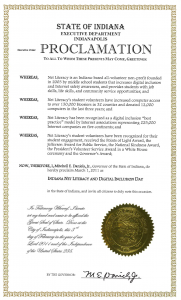
5. Partnership with state and the local community, Net Literacy collaborated with state agencies and corporations – including the Indiana Department of Education (IDOE), the Indiana office of Administration (IOA), the Indiana Office of Technology (IOT), so that surplus state and corporate resources could be donated to nonprofits and schools. In several cases, city mayors participated in the event publicity and provided their support regarding the importance of increasing access to technology and enhancing workforce capabilities for their communities to remain competitive. In 2005, the Indiana General Assembly passed Joint House Resolution 085 (the Net Literacy Resolution) and in 2009, passed Joint House Resolution 095 (Internet Safety and Safe Connects resolution), supporting the concept of Net Literacy and encouraging support of its Internet safety programs on a state-wide basis via the use of PEG channels.
6. Corporate partnerships. Socially-minded companies, such as Intel, have made an four-year commitment of both hard and in-kind resources. As an example, Intel has enabled Net Literacy to increase computer access to thousands of individuals, increase financial literacy programs to students, and produce Internet safety 30 minute age-appropriate videos for students. The IDOE vetted the student-created content. The Indiana General Assembly passed Joint House Resolution 095, which called for all PEG channels throughout the State to carry Net Literacy’s Safe Connects and other Internet safety programming.
7. Making the case to foundations. Foundations saw the value in increasing technology – and especially to students. The Verizon Foundation and the Techpoint Foundation Foundations made a commitment to funding this initiative. The IDOE also provided funding to increase the availability of technology to 15 additional school districts. Students also successfully received grants from other organizations, including America’s Promise Alliance, to help fund this initiative.
Net Literacy is a work in process. As student volunteers, we learn everyday and continuously modify and update our programs to reflect the rapidly changing requirements of our stakeholders, constituents, and the Internet.
For more information, email [email protected]
